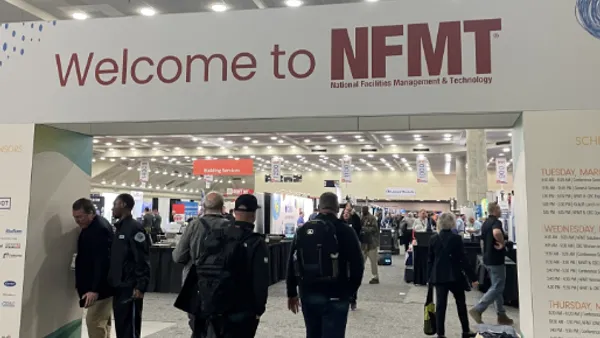Market reports from CBRE this week shed light on the latest real estate segment trends. This follows the firm’s midyear review last month, which predicted a peak in overall office vacancy rates and a bottoming out of average rent in late 2024. While high vacancy rates are common across the U.S., the market reports found some regions and sectors are struggling more than others — with cities like Boston and Dallas balancing office concerns with growth in life sciences and data center demand.
In the industrial and logistics sectors, companies have increasingly been opting for renewals to attract and retain talent in a tight labor market beleaguered by economic uncertainty. About 35% of all lease transactions in Q2 consisted of renewals, CBRE’s midyear review stated, forecasting that vacancy rates for prime space will return to normal levels more quickly than “lesser-grade space.”
Smaller leases are more common this year as well, as companies continue to determine the exact amount of space they need due to the ongoing return to office. The average size of a lease in the first half of 2023 was 28% smaller than the average lease size during the same period in 2018 and 2019.
A set of Q3 2023 market reports, released earlier this week to supplement the firm’s midyear review, details trends and key figures related to commercial real estate segments in several geographic regions.
Despite predicting fast growth and expansion for Sun Belt markets at the start of the year, CBRE’s midyear outlook found that aside from Nashville, which had the most net absorption in the Sun Belt, demand cooled in all other Sun Belt markets.
- Atlanta’s industrial market saw a 78% year-over-year decline in leasing activity, while office space availability scaled to a record 30.7% amid downsizing and the addition of more subleasing space.
- A rise in AI activity drove strong data center leasing activity in Dallas-Fort Worth during the first half of 2023, with rental rate pricing continuing to increase across all sizes and vacancy rates near a historical low at 4.1%.
- In Los Angeles, lease agreements signed during the third quarter had an average duration of 53 months, equivalent to about four years. CBRE also reported a continued preference for quality in the quarter, with class A and prime assets retaining value and achieving higher occupancy rates compared with other assets in the market.
San Francisco is struggling to fill its offices, with an overall vacancy rate of 34%, net absorption of negative 1.85 million square feet and an overall average asking rate of $71.70 per square foot on an annual, full-service gross basis. Despite the city’s efforts to address these high vacancy rates through commercial-to-residential conversions and various adaptive reuse projects, certain regulations and building layout challenges have hindered these initiatives, according to a survey by the U.S. Chamber of Commerce.
Meanwhile, office conversion projects overall account for less than 2% of total U.S. office inventory, CBRE’s midyear review states.
The greater Boston area’s life science market also suffered from high vacancy rates in Q3 due to an imbalance in supply and demand, with 1.4 million square feet of new, ground-up development and several office-to-lab conversion projects facing reduced later-stage and big-pharma demand, according to CBRE’s Q3 2023 life science market report. These factors have increased lab vacancy during the quarter by 1.5% to 6.6%, which is still far below the 14.2% vacancy rate for the San Francisco Bay Area life sciences market.
Demand is, however, expected to rebound, with leading venture capital firms expressing more confidence in biotech amid anticipated investment growth in 2024, according to JLL. The competitor commercial service firm’s 2023 Life Sciences Industry and Real Estate Perspective report further noted that due to peaks in supply, smaller tenants are favored and businesses are beginning to make a turn, pushing facilities managers to provide scaled delivery to a larger number of smaller spaces.














